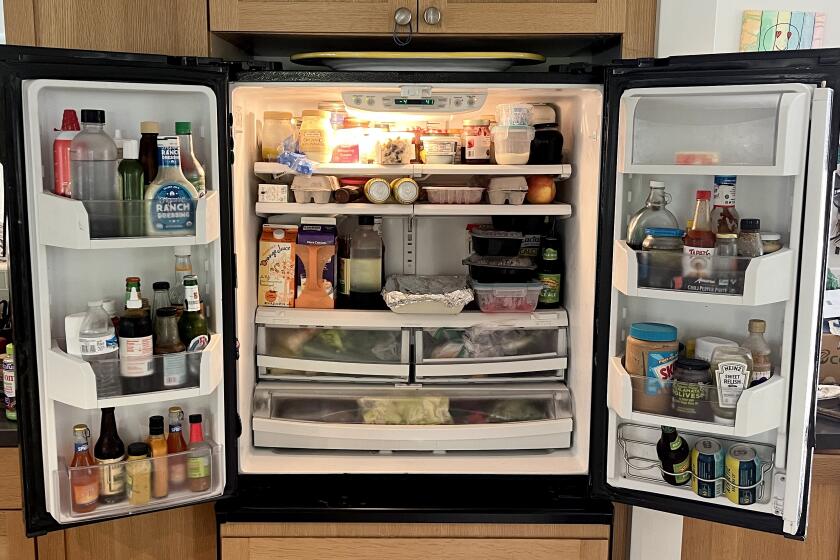Finding an economic model for high-tech, efficient healthcare
A nagging issue for healthcare reformers is the disincentive for many providers to adopt innovative approaches to care that improve health and cut costs. If you’re paid a fee for each service you provide in your office, why would you invest in technologies and procedures that led to fewer billable services?
One reason is to achieve better results, and that’s good enough for some providers. But the Medicare program is supplying another rationale. It started cracking down last year on hospitals that readmit too many patients soon after discharging them. That penalty has led hospitals to pay more attention to technologies that can keep track of patients’ progress at home, according to Anthony Shimkin, a senior marketing director for Qualcomm Life, the healthcare division of the chip manufacturer.
Qualcomm has been working with medical device companies on a platform for remote health monitoring called “2net.” The point, Shimkin said, is to enable heart-rate monitors, scales, blood-sugar measurers and other health-monitoring devices from different manufacturers to share their readings with a gateway in the home, which then reports that data back to the hospital or physician’s office in near real time.
The approach enables providers to detect and respond to signs of trouble at an early, less serious stage. That makes for more efficient treatment. But Medicare’s fee-for-service payment system doesn’t reward efficiency. Doctors and hospitals can’t submit bills for patients they don’t see and treat directly.
That’s where the new Medicare rules come in. Hospitals that readmit certain types of heart and lung patients within a month after providing acute care will lose reimbursements for the readmission, and will have their rates reduced by 1%. That penalty will increase in subsequent years to 3%.
Such a punitive approach may be effective, but there’s a clear risk: Providers may shy away from the sickest patients, or the ones least able to use new technologies that can improve outcomes.
Nevertheless, the tech industry is pouring money into medical devices, and entrepreneurs flocked to the Consumer Electronics Show in Las Vegas this week to show off products designed to improve fitness, promote wellness and speed recoveries. Qualcomm provides the enabling technology for a number of those products: ever-smaller and less power-hungry chips that let monitoring devices send their data to doctors remotely.
Several of Qualcomm’s device partners were on display at the Qualcomm Life booth at CES. One was AliveCor, which makes a $199 iPhone case with sensors that record electrocardiograms and transmit the readings into the cloud wirelessly. Another was Telcare, which makes a pocket-sized glucose meter that reads glucose test strips, then sends the data to the patient’s caregiver via the cellular network.
Dr. Jonathan Javitt, Telcare’s chief executive, said his device was probably the only one in the Qualcomm booth that insurers were routinely willing to pay for. Still, just because insurers will pay for a connected monitor, that doesn’t mean they’ll pay the user’s doctor for the time spent interpreting the data it transmits.
It’s well established that diabetics who control their blood glucose levels better suffer from fewer complications. “The problem,” Javitt said, “is that no one’s ever succeeded in doing it.” That’s because the traditional approach to medical care -- treating patients, then sending them on their way -- was developed for acute health problems, not chronic ones.
What’s needed is a different reimbursement model, one that rewards providers who manage chronic diseases so well that their patients require fewer office visits, treatments and hospitalizations. Those models are starting to emerge, Javitt said, citing accountable care orgnizations and medical homes as examples.
That’s good news for device makers like Qualcomm -- and for the millions who suffer from chronic diseases.
ALSO:
Welcome to lethal living, American style
Guns don’t protect freedom; the Constitution does
Is ‘Downton Abbey’s’ middle child just like your family’s?
Follow Jon Healey on Twitter @jcahealey
More to Read
A cure for the common opinion
Get thought-provoking perspectives with our weekly newsletter.
You may occasionally receive promotional content from the Los Angeles Times.











